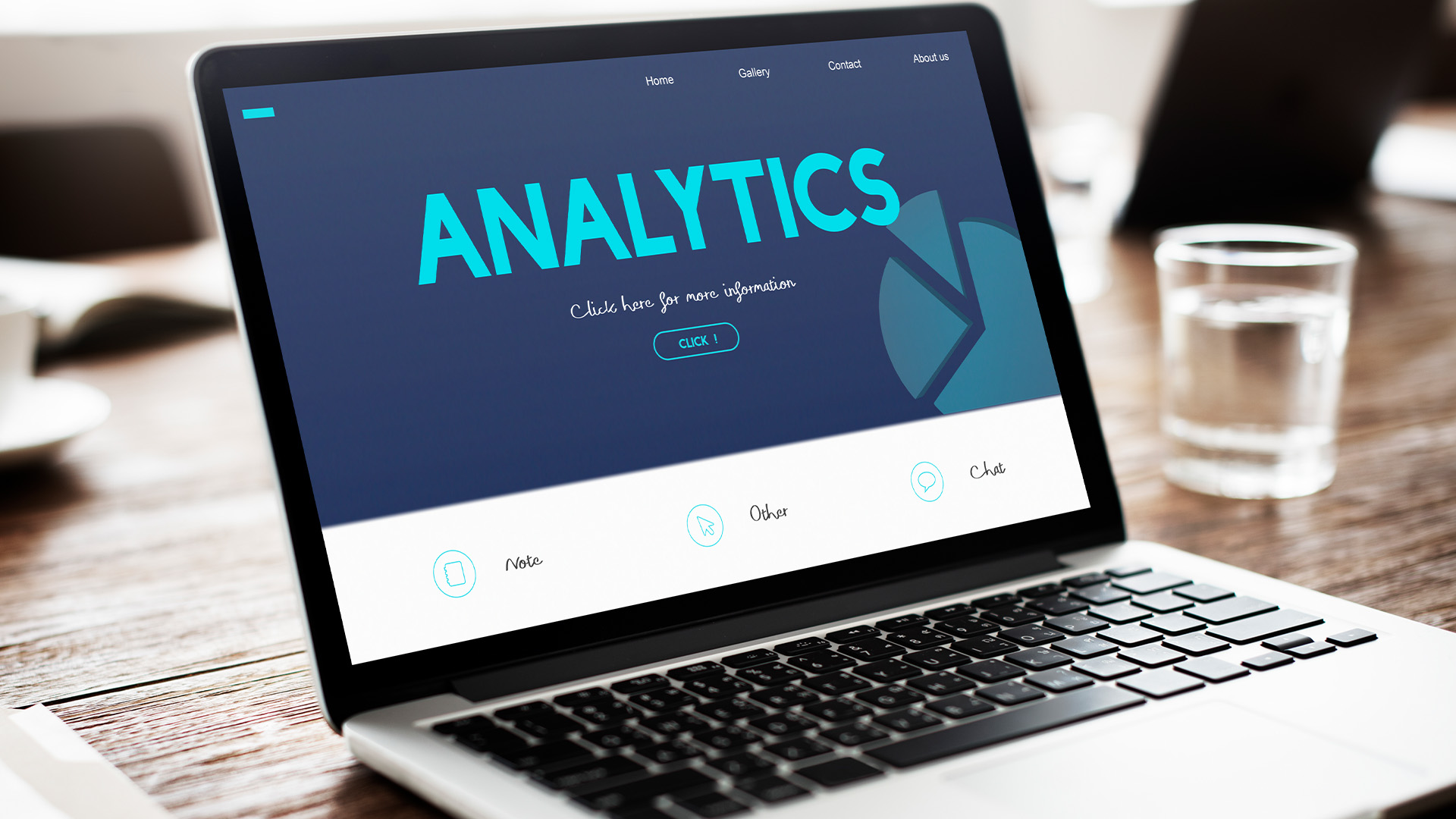In the age of heightened consumer vigilance aided by robust technology platforms, reputation management has become an important part of business and brand strategy. The rise of social media use, online reviews and expansive digital communication have led communicators and marketers to provide more resources to reputation management.
Today, more than ever, any brand or organization’s reputation can be influenced by a tweet, an Instagram post, a Facebook comment, or a YouTube video, especially when the information on these platforms becomes viral. Thus, businesses and brands in the Philippines are leveraging analytics to manage and enhance their reputation, which could spell the difference in their bottom line if not well-managed.
Reputation management involves monitoring and influencing how a business is perceived by the public. This may consist of managing reviews, updating social media presence and curating the overall brand image. Many studies have shown that a positive reputation can lead to increased customer loyalty, better employee engagement, and ultimately, higher sales and profitability. Conversely, a negative reputation can harm a company’s credibility and lead to a decline in business. Indeed, reputation is our license to operate.
Thus, analytics is of primary importance in reputation management. Analytics involves the systematic analysis of data or statistics about the company and brand. In the context of reputation management, analytics helps businesses understand and shape public image through data-driven and evidence-based insights.
Here are some types of analytics that have become integral to reputation management and are currently being employed by Filipino brands and businesses.
Monitoring online presence: This analytics tool can track mentions of a brand across different social media platforms, websites, review sites, blogs, and news articles, to name a few. Part of a results framework that is now considered a must in any reputation management plan, this round-the-clock monitoring allows businesses and brands to stay informed about what is being said or not being said about them in real time. Analytics tools such as Hootsuite, Brandwatch and Sprout Social provide comprehensive dashboards that aggregate data from various sources, enabling businesses to monitor their online presence effectively. Media monitoring providers such as Meltwater, iSentia and Media Meter are also being used to determine the extent of the media outreach of brands and businesses. Many large organizations tap these providers to monitor performance and results.
Sentiment analysis: This type of analytics tool uses natural language processing (NLP) to ascertain the emotional tone behind a body of text or narrative. This helps businesses gauge public sentiment about the brand and the issues surrounding the organization. Positive sentiments can be leveraged to boost brand image, while negative sentiments can prompt the recalibration of engagement for corrective strategy. For example, a restaurant chain in the Philippines uses sentiment analysis to monitor customer reviews and feedback on platforms like TripAdvisor and Facebook, allowing them to address complaints swiftly and improve customer satisfaction.
Identifying key influencers: This analytics tool helps identify key influencers, champions, and opinion leaders who have a significant impact on the brand’s reputation with various publics. By identifying and engaging the most appropriate influencer, businesses can amplify positive messages and mitigate negative ones. In the Philippines, influencer marketing is particularly effective given high social media adoption and usage. Brands use analytics to track influencer activities and collaborations, ensuring they align with the brand’s values and goals. A Filipino telecommunication company uses this analytics tool to calibrate resources vis-à-vis performance in its overall PR and marketing initiatives.
Competitor analysis: This analytics tool helps understand how competitors are perceived by the public in comparison with the owned brand. This is crucial for benchmarking and strategic planning as it can provide insights into competitors’ strengths and weaknesses in terms of brand reputation and perception. For example, a retail brand in the Philippines uses competitor analysis to compare customer reviews and social media engagement, identifying areas where they can improve or capitalize based on their competitors’ problem areas and shortcomings.
Crisis management: In the event of a PR crisis, timely and informed responses are crucial and critical. Analytics can help identify the root causes of the crisis, monitor its development and sentiments of the various publics about the issue, and measure the effectiveness of the response and communication strategies. By analyzing data from various sources, businesses can formulate strategic and insights-based responses to mitigate damage with the end goal of restoring reputation that may have been negatively impacted by the crisis.
Indeed, Filipino businesses and brands are embracing analytics for reputation management. The country’s vibrant digital landscape, characterized by high social media usage, presents both opportunities and challenges for reputation management.
In today’s digital era, reputation management is more critical than ever. Analytics provides the tools and insights necessary for businesses to monitor, manage, and enhance their reputation effectively. Evidently, Filipino companies are increasingly adopting analytics-driven strategies to stay ahead of the competition and maintain a positive public image.
As the digital landscape continues to evolve, the role of analytics in reputation management will only become more significant. By harnessing the power of data, businesses can navigate the complexities of public perception, respond to challenges proactively, and build lasting relationships with their customers. The experiences of Filipino companies highlight the transformative potential of analytics in shaping and sustaining a positive reputation in the digital age.

